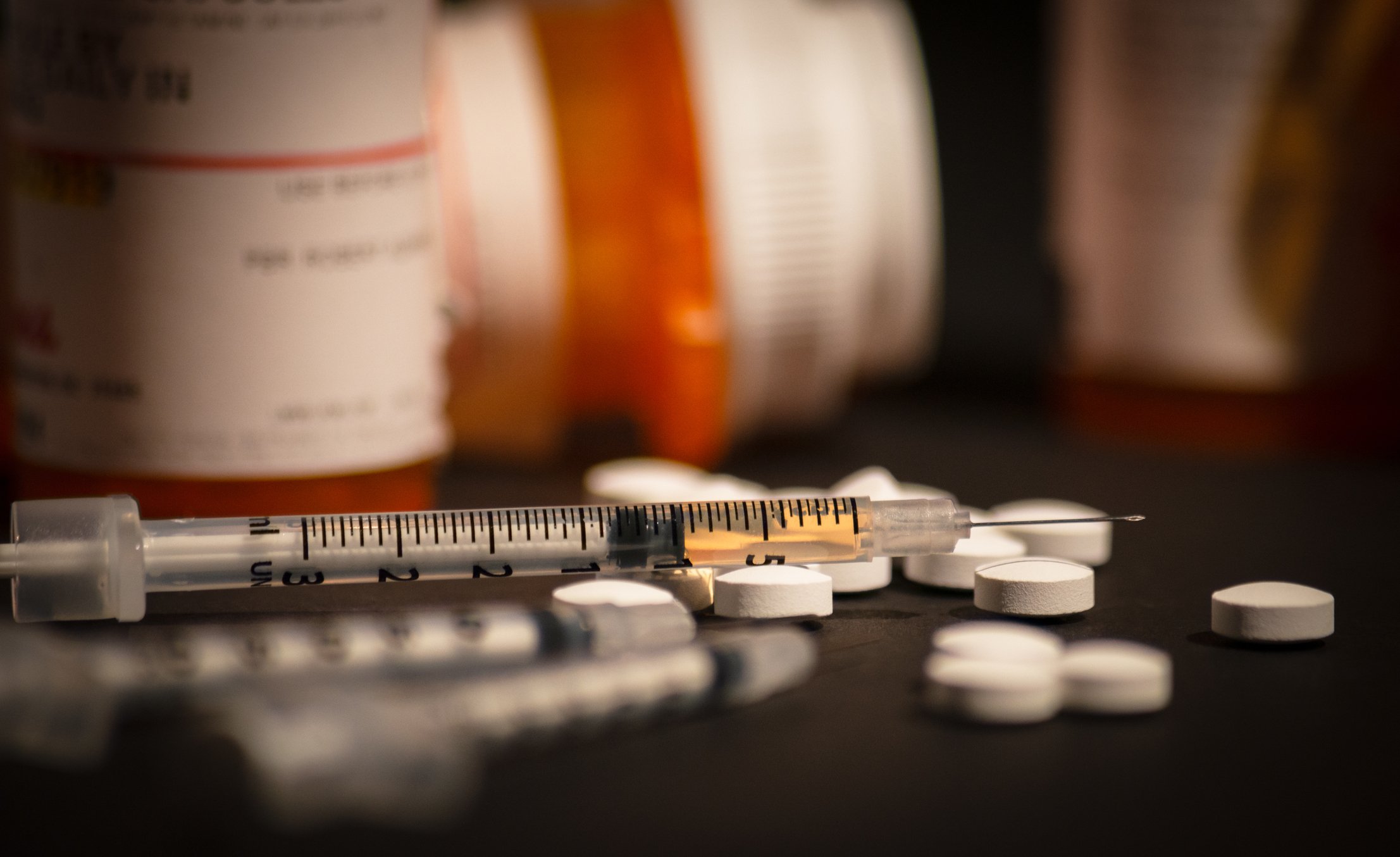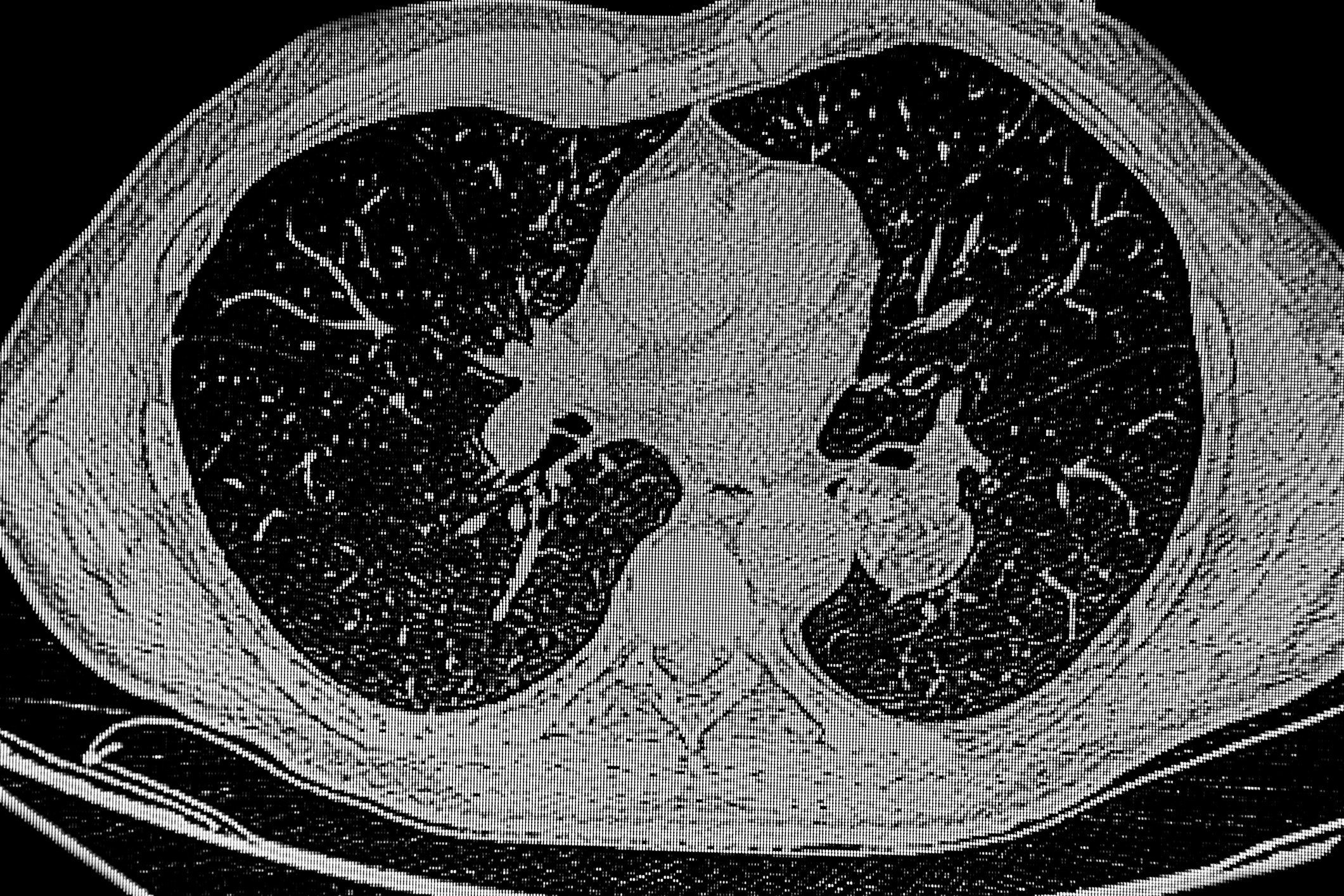Epidemiological studies on the association between androgenetic alopecia and risk of prostate cancer are conflicting. Now it has been shown again: Male hair loss is unsuitable as a risk marker. For this, it apparently plays a role whether the man has an active sex life and thus many different partners – sexually active men are less likely to develop prostate cancer than men with an abstinent lifestyle, according to one study.
Hair loss and prostate cancer overlap in many areas with regard to their pathophysiological mechanisms. On the one hand, there is the hormonal aspect: the androgen dihydrotestosterone (DHT) causes hair loss in men with androgenetic alopecia – in addition, high androgen levels promote the risk of prostate cancer. Furthermore, hereditary factors and advancing age play a crucial role in both conditions. Consequently, could early hair loss be a marker that heralds an impending prostate tumor?
Researchers at the U.S. National Cancer Institute [1] wanted to know for sure and followed 32,583 men between the ages of 50 and 76 years in a cohort study over a median of nine years with no prior cancer diagnosis (except non-melanocytic skin cancer). The extent of alopecia was assessed by questionnaire: The men looked at three pictures of different hair loss stages and had to indicate which one applied most closely to themselves and when. Hair loss at 30 and 45 years of age and at baseline was used to calculate the hazard ratio for prostate cancer.
During the study, 2306 new prostate cancers were diagnosed. They were not associated with balding at any time point (30 and 45 yr, baseline). Nor did the extent or type of hair loss play a role. And the aggressiveness of the tumors was not significantly different in the men with a full head of hair compared to the bald men. However, the authors note that their questionnaires did not differentiate enough between the different forms of hair loss. Previous studies had shown that possibly only very specific forms of alopecia play a role.
More female partners, less cancer?
A case-control study, whose participants were mainly from the French-speaking part of Canada, used 1590 histologically confirmed prostate cancer cases and 1618 matched controls to investigate the influence of sex life on prostate cancer risk [2]. Does it matter if one(s) has many different sexual partners, and to what extent does their gender matter? The numbers in brief (odds ratio for prostate cancer):
- Men with more than 20 lifetime sex partners had a 22% reduced risk of prostate cancer (OR 0.78; 95% CI 0.61-1.00). Among men who had slept exclusively with women, the risk was particularly low (OR 0.72; 95% CI 0.56-0.94), a 28% reduction.
- Male sex partners, on the other hand, tended to increase the risk (but not significantly).
- An increase in risk was also found in men with no previous sexual contacts, but the number of cases was clearly too small for a substantiated statement.
- There was no association between sexually transmitted disease (STD) history and prostate cancer risk. This is contrary to current study evidence, but is likely due to the very low number of STDs in the present study.
The analysis considered important factors such as age, origin, family history of prostate cancer, and previous screening results.
Ultimately, the results make it clear that there is still a long way to go to clarify the relationship between sexual contact and prostate cancer, but it is certainly worthwhile to continue research here. The number of sexual partners resp. -partners is only one piece of the puzzle. Some previous studies had pointed to the positive effect of frequent ejaculations (which the authors of the present study also discuss as a possible cause), while others found just the opposite relationship between active sex life and cancer risk.
Literature:
- Zhou CK, et al: Male pattern baldness in relation to prostate cancer risks: An analysis in the VITamins and lifestyle (VITAL) cohort study. Prostate 2015; 75: 415-423.
- Spence AR, Rousseau MC, Parent ME: Sexual partners, sexually transmitted infections, and prostate cancer risk. Cancer Epidemiol 2014; 38(6): 700-707.
InFo ONCOLOGY & HEMATOLOGY 2015; 3(5): 4.











